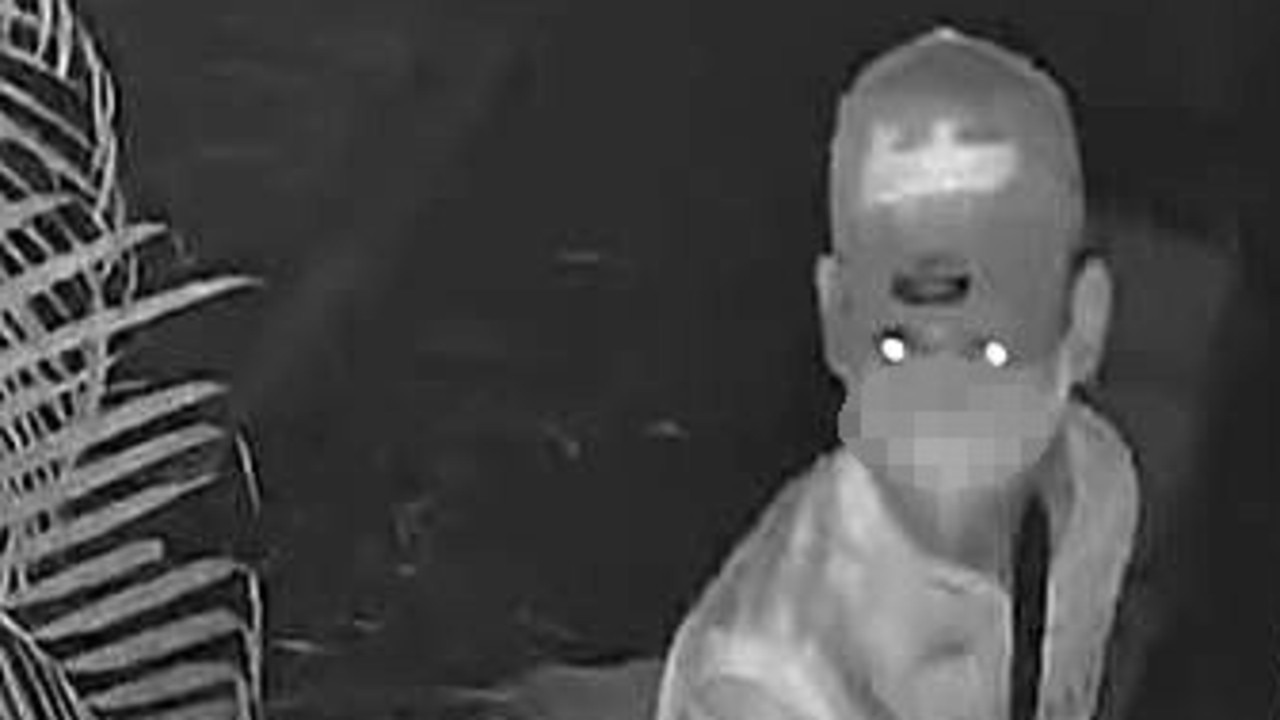Rat ‘plague’ in North Queensland cane fields: Disease and millions in crop losses
A ‘plague’ of rats in North Queensland is out of control, as they feast on leftover sugarcane, leading farmers to lose millions, and fear disease from their remains.
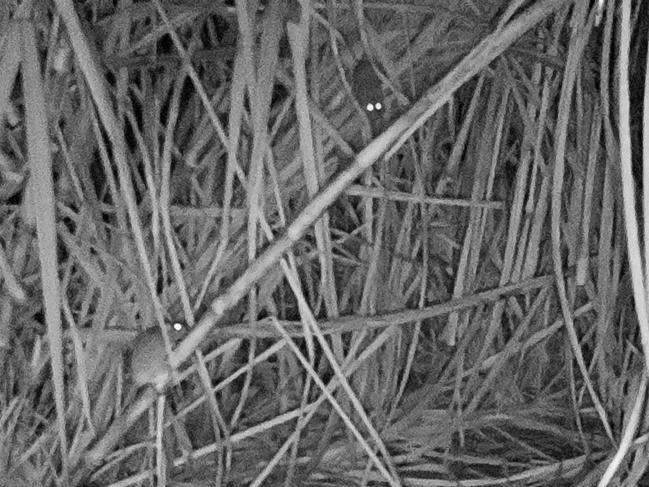
Townsville
Don't miss out on the headlines from Townsville. Followed categories will be added to My News.
A perfect storm of rats and rain has North Queensland cane growers facing disease and losses in the tens of millions of dollars.
Last season’s rain was not enough to flood the cane fields and kill large numbers of rat, but did impact the harvest.
With all the ‘standover’, or unharvested crop to feed on, rodent numbers have been multiplying, and canegrowers fear the worst.
While rats destroying crops in the Herbert River catchment, the “plague” has farmers concerned for Weil’s disease, borne from the rodents’ urine and tissue.
Braemeadows canegrower Ian Kemp said “where I am it is pretty much plague proportions”.
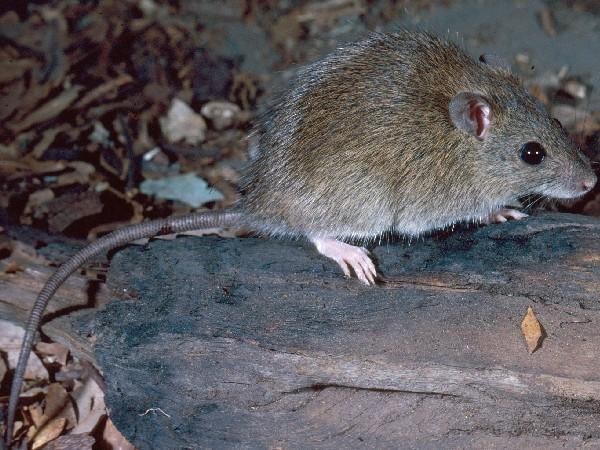
Mr Kemp believed three or four people from the region had contracted Weil’s disease this season, one of whom was flown to Townsville Hospital.
People died from the disease up until the 1930s, Mr Kemp said, and it was quite a concern because farmers always had cuts on their hands.
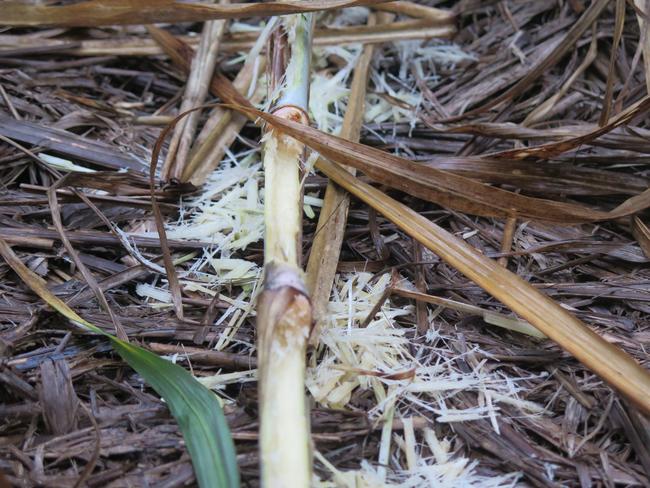
Symptoms of the disease vary but can be confused with the flu. People who contract the bacteria usually recover well after antibiotics, but hospitalisation may be required for more complicated cases, Queensland Health says.
“It buggers up your kidneys, it’s a real problem,” Mr Kemp said.
“There’s always been rats, but nothing like this.”
Across Queensland there have been 69 cases in the past 12 months, which is a decrease compared to the 78 average cases during the previous five years.
Harvesters were now using gloves and diluted methylated spirits at the end of the day as a precaution against infection, Mr Kemp said.

Herbert Cane Productivity Services manager Lawrence Di Bella said $18 million of cane in the region was not harvested last year because of rain, and to a lesser extent rats.
But there was a “perfect storm” now, Mr Di Bella said: no flood which would typically kill a lot of the rats, and the large standover crop.
“Some growers did not get to harvest this year or last year,” he said.
“We’ve got a really good sugar price but we’re losing our opportunity to make something out of it.”
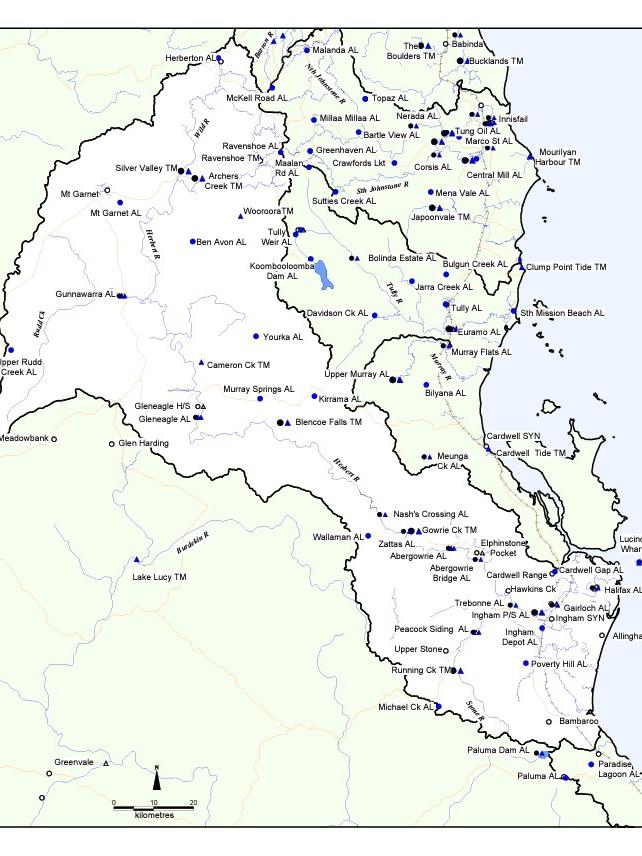
Harvesting started mid-June and will go until about November. Last season 46,500t of Herbert cane was lost to rats, and that would be over 100,000t based on the rat issue at the moment, Mr Di Bella said.
And the rats are multiplying quickly.
“A breeding pair will have about 460 offspring a year, and they reproduce every six to eight weeks. We’ve got really big numbers,” Mr Di Bella said.
“We’ve got aerial baiting permits but we can’t get ahead of it. It’s out of control, we can’t control it.”
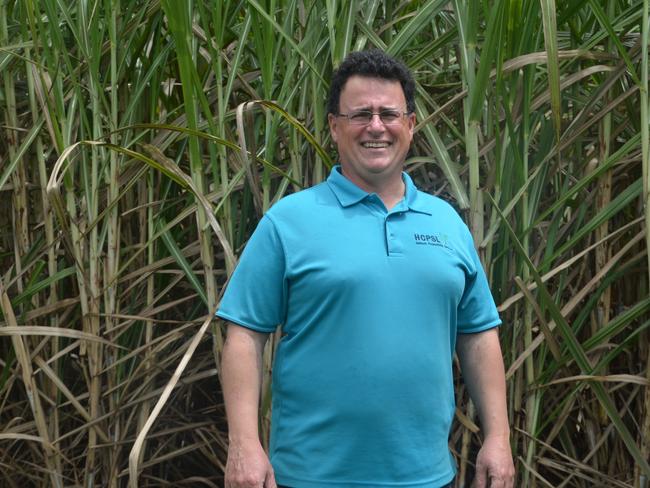
The Herbert valley is bisected by the Cairns and Townsville Hospital and Health Services areas.
There have been 40 cases in the Cairns HHS area in the past 12 months, aligning with the five-year average of 35.
In the Townsville HHS area, there have been five cases this year, a decrease on the average of six.

Far less standover crop in the Burdekin means fewer rats there.
Burdekin Productivity Services manager Rob Milla said about 7300t was lost to rats, against 8.2m tonnes harvested last year.
While not as big of a problem in the Burdekin, the rat-loss last year equated to $360,000 based on a $50/t price, and the price is higher now.
Originally published as Rat ‘plague’ in North Queensland cane fields: Disease and millions in crop losses





